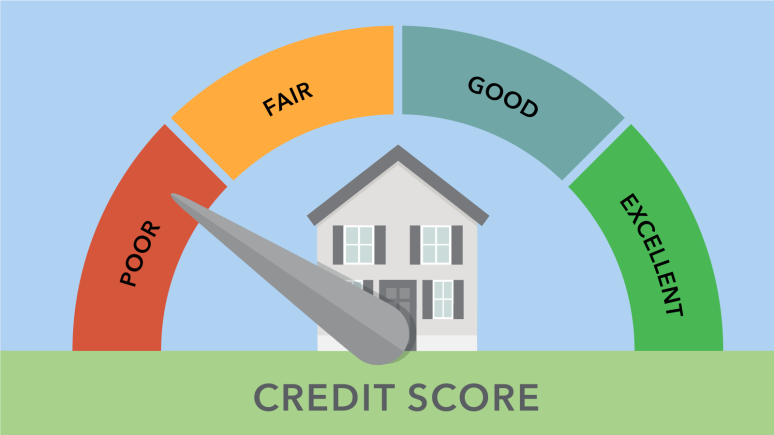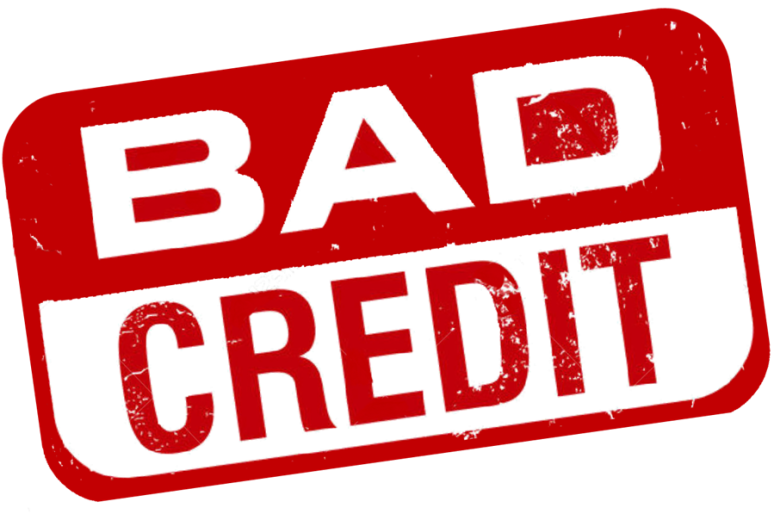What is a Bad Credit Loan?
.png)
In today’s financial landscape, understanding the nuances of credit can be the key to navigating through challenging fiscal waters. Particularly, for individuals with less-than-ideal credit scores, knowing what a bad credit loan is can open up avenues for financial relief that may otherwise seem out of reach. This article aims to demystify the concept of bad credit loans, providing a clear and straightforward explanation of what they are, how they work, and what considerations should be taken into account before applying for one.
Understanding Credit Scores
In the UK, credit scores play a pivotal role in financial decision-making, affecting one's ability to borrow money, secure mortgages, and even enter into mobile phone contracts. Unlike the single scoring system used in some countries, the UK leverages several credit reference agencies (CRAs), each with its own scoring scale.
The Major Credit Reference Agencies
The three main CRAs in the UK are Experian, Equifax, and TransUnion. Each agency uses a different scale to represent an individual's creditworthiness:
- Experian: Scores range from 0 to 999. A higher score indicates a stronger credit profile, with scores above 960 considered excellent.
- Equifax: Uses a scale from 0 to 700, with scores above 420 generally viewed as good or excellent.
- TransUnion: Scores fall between 0 and 710. A score above 604 is typically considered good.

How Credit Scores are Calculated
Credit scores are calculated based on your financial history and behaviour, including:
- Payment History: Timely payments on loans and credit cards positively affect your score.
- Credit Utilisation: The amount of credit you're using versus your available credit limit. Lower utilisation rates are better.
- Length of Credit History: Longer credit histories can contribute to higher scores.
- Credit Mix: Having a variety of credit types (e.g., mortgage, credit cards) can positively impact your score.
- Hard Searches: Applying for multiple credit accounts in a short period can lower your score.
Determining Your Credit Score
Individuals can check their credit scores through the respective CRA websites, often for free. Additionally, many banks and financial institutions offer credit score checking services to their customers. Regularly monitoring your credit score is crucial for understanding your financial standing and identifying any discrepancies or fraudulent activities early on.
The Importance of a Good Credit Score
A good credit score opens up a world of financial possibilities, from favourable loan terms to better rates on mortgages. Conversely, a lower score can limit your borrowing options and result in higher interest rates. Understanding and managing your credit score effectively is key to financial health and accessing the best financial products available.
What is a Bad Credit Loan?

Bad credit loans are financial solutions tailored for individuals with a poor credit history or low credit scores. These loans are designed to meet the needs of those who may not qualify for traditional loans due to their credit standing. There are two primary types of bad credit loans:
- Secured Loans: These require the borrower to offer some form of collateral, such as a car or property, against the loan. Should the loan go unpaid, the lender is entitled to take possession of the collateral.
- Unsecured Loans: Unlike secured loans, these do not require collateral but typically come with higher interest rates to compensate for the increased risk to the lender.
Lenders offering bad credit loans often use different criteria than traditional banks to evaluate loan applications. While your credit score is still a factor, they may also consider your employment history, income, and other aspects of your financial situation. This more holistic approach can sometimes make it easier for individuals with bad credit to get approved.
Pros and Cons of Bad Credit Loans
Bad credit loans can be a double-edged sword, offering necessary financial assistance but at potentially high costs.
| Pros: | Cons: |
|---|---|
| Accessibility: They are more accessible to people with poor credit histories who need financial assistance. | Higher Interest Rates: Lenders usually charge higher interest rates on bad credit loans to mitigate the risk of default. |
| Credit Improvement: If managed responsibly, borrowers can use these loans to improve their credit score by making timely payments. | Fees and Penalties: These loans may come with additional fees, including origination fees, late payment penalties, and prepayment penalties. |
| Risk of Predatory Lending: Borrowers should be wary of predatory lenders who offer loans with extremely high interest rates and unfavorable terms. |
How to Apply for a Bad Credit Loan
Applying for a bad credit loan requires careful consideration and preparation:
- Check Your Credit Score: Understand your credit score and what's impacting it. This information can help you get better deal terms.
- Assess Your Financial Situation: Determine how much you need to borrow and how you plan to repay the loan.
- Shop Around: Compare offers from multiple lenders to find the best rates and terms.
- Read the Fine Print: Be aware of all terms and conditions, including interest rates, fees, and repayment schedules.
Improving your chances of approval involves demonstrating stable income, considering a co-signer, or opting for a secured loan if possible.
Alternatives to Bad Credit Loans
If a bad credit loan doesn't seem right, consider alternatives:
- Credit Unions: These institutions often offer more favorable terms to their members, including lower interest rates on loans.
- Family or Friends: Borrowing from someone you know can offer more flexible repayment terms and no interest.
- Co-signer: Having a co-signer with good credit can improve your chances of being approved for a traditional loan.
Tips for Managing and Improving Bad Credit
Improving your credit score is crucial for better financial health:
- Make Timely Payments: Ensure you pay all your bills on time, as payment history is a significant factor in your credit score.
- Reduce Debt: Lowering your credit utilization ratio can positively impact your score.
- Regularly Review Your Credit Report: Check for errors that might be affecting your score negatively.
Conclusion
Bad credit loans represent a critical financial avenue for individuals grappling with less-than-ideal credit scores. While these loans can serve as a vital lifeline during financial emergencies, they are not without their inherent risks and costs. The potential for higher interest rates, coupled with the possibility of encountering predatory lending practices, underscores the importance of proceeding with caution. It's crucial for borrowers to thoroughly understand their options and the specific terms of any loan they consider.
Equally important is the recognition of bad credit loans as a temporary solution rather than a long-term financial strategy. Borrowers should leverage such loans with the dual objective of addressing immediate financial needs and improving their credit standing over time. This approach requires a commitment to responsible borrowing practices, including selecting loan amounts that are within one's capacity to repay and adhering to scheduled repayments without fail.
In addition to prudent borrowing, individuals should adopt proactive financial management strategies aimed at bolstering their credit scores. This encompasses regularly reviewing credit reports for inaccuracies, reducing existing debt levels, and ensuring timely payments across all financial commitments. Developing a budget that prioritizes savings can also mitigate the need to rely on external financing during unforeseen financial challenges.
Furthermore, exploring alternatives to bad credit loans, such as credit unions, family loans, or securing a co-signer, may offer more favorable terms and conditions. These options not only provide immediate financial relief but also contribute to a more sustainable financial future.
Ultimately, the journey towards financial health is a gradual process that demands discipline, education, and a proactive stance on money management. By understanding the nuances of bad credit loans and embracing sound financial practices, individuals can navigate their way out of bad credit and towards a more secure financial landscape. It's a path that requires patience, perseverance, and a keen awareness of one's financial habits, but the rewards—a healthier credit score and improved financial freedom—are well worth the effort.


-small.jpg)


